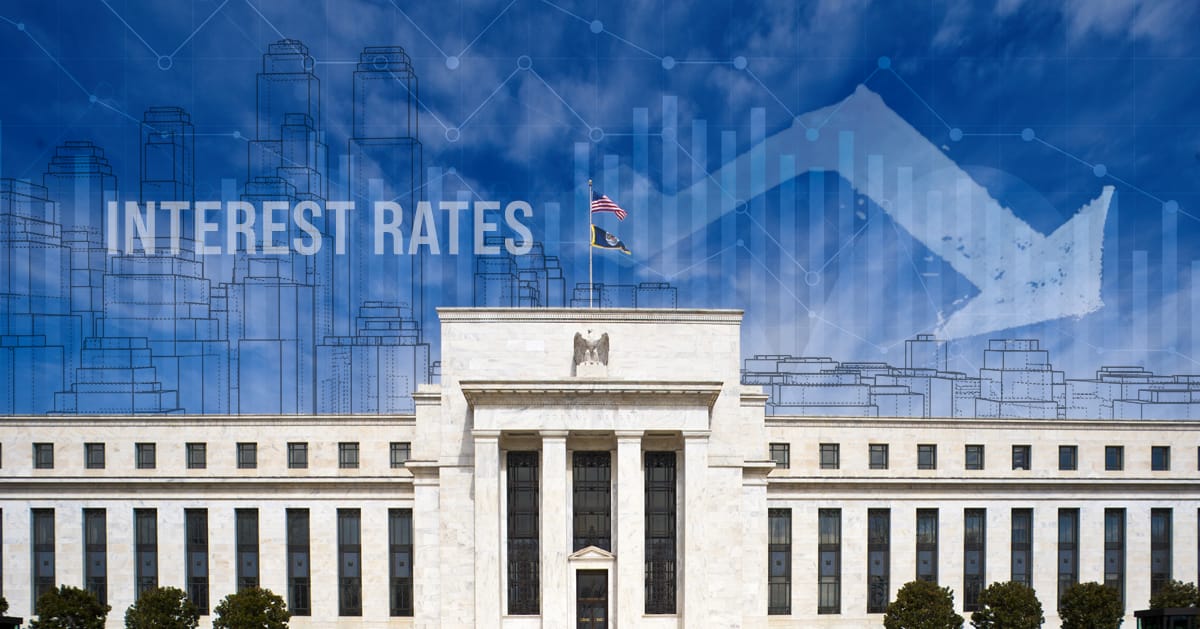
Two weeks ago, the Federal Reserve made its first rate cut since December 2024. The 25-basis-point reduction set the rate at 4.00% to 4.25%. The Fed also signaled that two more cuts are possible this year and one more in 2026. If implemented, these reductions could lower the interest rates by a full percentage point. At the time of the announcement, Fed Chair Jerome Powell cited a cooling labor market (with only 22,000 jobs added in August according to the Bureau of Labor Statistics) and the desire to keep unemployment and inflation low. The cautious approach is designed to prevent overheating the economy with a larger reduction and risk a return to rapidly rising prices.
“We’ve done very large rate hikes and very large rate cuts in the last five years, and you tend to do those at a time when you feel that policy is out of place and needs to move quickly to a new place,” Powell explained at a news conference after the announcement. “That’s not at all what I feel.” The vote for the quarter-point cut by the Fed’s rate-setting committee was nearly unanimous (11 to 1), with the lone dissenter being a recent Trump administration appointee, Stephen Miran, who pushed for a half-point cut.
Future Cuts
While the Fed indicated that it expects three more cuts in the next six months, additional cuts are more likely if the job market continues to weaken. The persistent labor market weakness drove the September rate cut. Most analysts agree that the Fed will make additional rate cuts if jobs data remains soft. Morningstar reports that the Fed is “putting more emphasis on the softening in the labor market,” making additional easing more probable in the face of another disappointing payroll report. Due to the government shutdown, the jobs report, originally scheduled for October 3, was not released. However, Bloomberg Economics expects non-farm payrolls for September to add a net 54,000 jobs, indicating a continued weakening of the job market.
What Does This Mean for Owners and Investors?
The rate cuts should deliver on a number of fronts for CRE investors. Borrowing costs will be lower, especially on variable/short-term loans. There will be an increased incentive to refinance maturing loans (especially in 2026 and beyond). Buyer competition could spur an increase in property valuations. And, as the cost of capital drops, cap rates may also further compress.
In a CoStar News article published just before the September rate cut, Chad Littell, CoStar Group’s national director of capital markets analytics, said that an interest cut could restore confidence and that it’s time to move forward.
“In short, should the Fed cut its policy rate soon, as is widely expected, the move will provide a tailwind, easing pressure on short-term borrowers and improving investor sentiment,” Littell told CoStar News. “However, valuations are unlikely to move higher on a few rate cuts alone. For that, a return of above-trend rent growth and a strong appetite for new investment will be needed to shift investor time preference once again, when buyers will pay now for the opportunity to generate higher incomes later.”
In a more recent article, Travis Barrington, Co-founder and CEO at Propmodo, agrees that “the Fed’s shift sends a powerful psychological signal. Markets respond not only to the cost of money but to the perception of stability and direction.” He points out that after two years of hesitation and gridlock, the growing belief that the Fed’s tightening cycle is nearing its end is starting to shift sentiment. Sellers who’ve been sitting on the sidelines may finally bring product to market. Buyers, realizing pricing may now be more right sized, may become more active. Lenders can now return to pricing risk with a greater degree of confidence.
That optimism may be tempered by several factors, he cautions. Inflation concerns aren’t going away, “hiring and wage growth are slowing, and new tariffs could drive up construction costs. A weaker economy could dampen rent growth, leasing demand, and consumer spending, factors that would weigh on property values despite cheaper financing.”
“A Big Caveat for Real Estate”
Jim Dillavou, Principal and Co-founder of Paragon Commercial Group (a retail development firm based in El Segundo), also cautions investors that the rate cuts may have unforeseen consequences. In an interview with Connect CRE, he notes that the 25-basis-point cut “arrives with a big caveat for commercial real estate. As a result of the Federal Reserve rate increases of 520 bps between March 2022 and July 2023, the commercial real estate industry has become unhealthily fixated on the Federal Reserve and timing the market.”
Dillavou says it logically follows that “lower rates translate to lower borrowing costs, which triggers more acquisitions, refinancings, transactions, and maybe even some cap rate compression—which is good for the overall industry.…but short-term industry euphoria comes with an important macroeconomic caveat: cheaper capital could increase inflationary pressure, triggering a ‘boomerang’ effect whereby lenders are forced to quickly tighten once again or, in a worst-case scenario, force[ing] the Fed to reverse the anticipated series of interest rate cuts. It’s a real estate investment tightrope walk that I don’t advise anyone to attempt to walk.”
Despite the macroeconomic challenges facing the economy, the September rate cuts and anticipated further cuts are viewed as a positive sign for commercial real estate investors and owner-users. However, the implications of the rate cuts will likely be felt in the long term rather than the short term.
Whether you’re considering selling or acquiring a property, learn more about how rate cuts can impact your strategy by contacting one of Voit Real Estate Services’ trusted commercial real estate advisors.